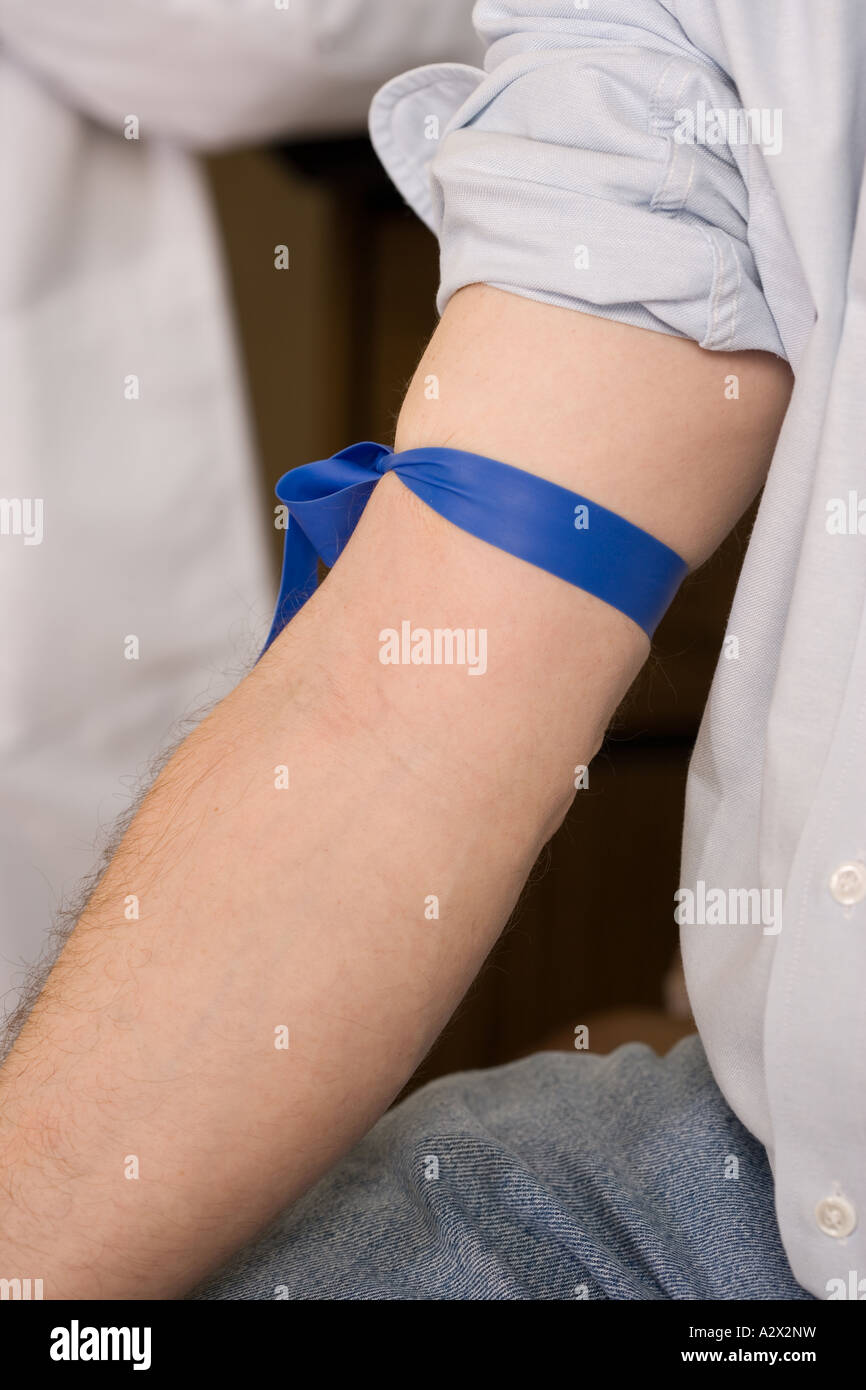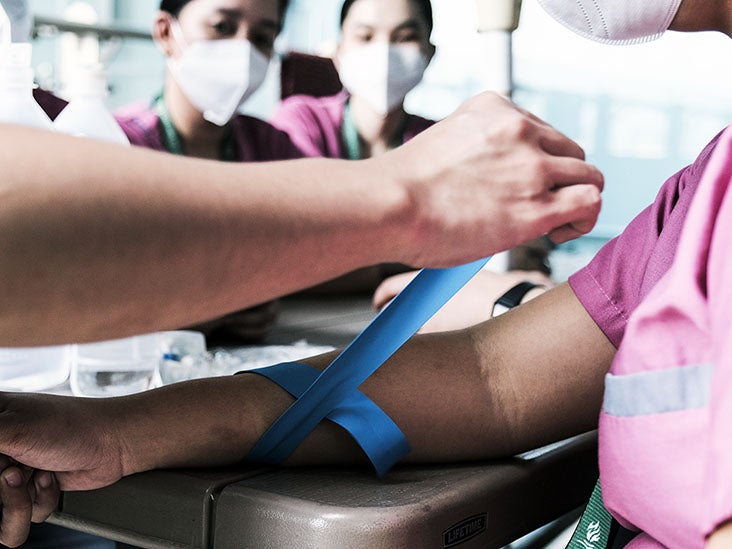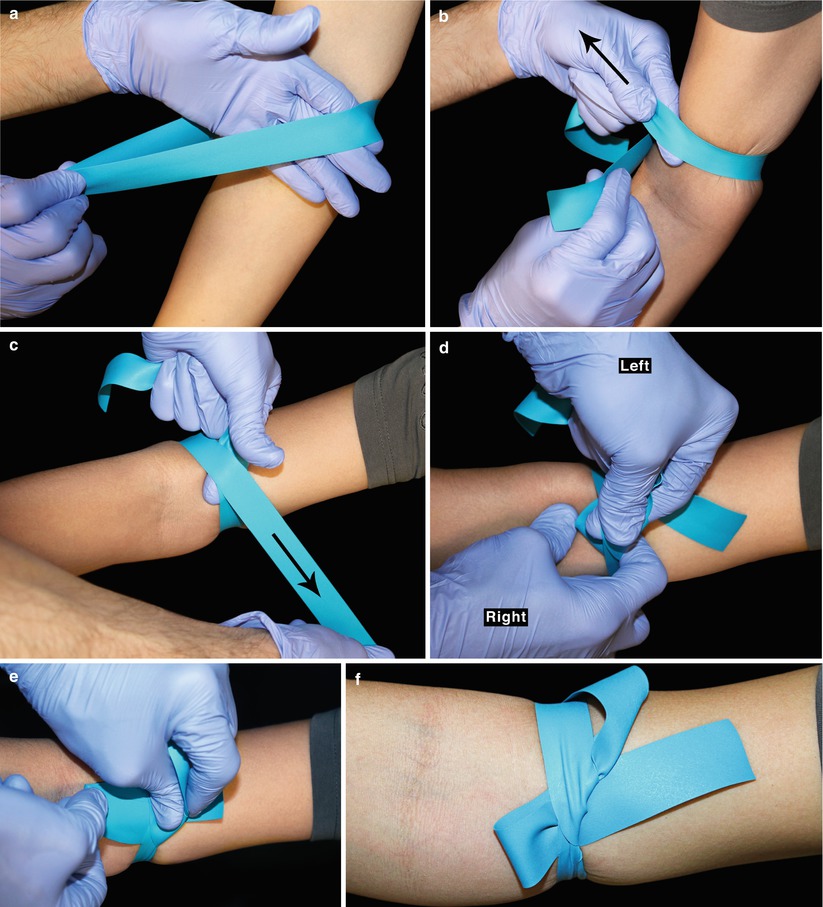Tourniquet For Blood Draw
Tourniquet For Blood Draw - If there are multiple sources of bleeding,. Find the source of bleeding. Apply the tourniquet between the heart and injury. The most frequent adverse events include haematoma,a vasovagal reaction or faint, and a delayed faint. Once blood flow begins, request the patient to open his/her hand: If possible, have the injured person lie down. Web 78k views 5 years ago this video demonstrates how to correctly apply a tourniquet to a patient's arm for venipuncture. Allow the area to dry for approximately one minute following cleansing the area. Look where most of the blood is and try to follow it to the source. It is best to leave the tourniquet tight for less than a minute and release it. Find the source of bleeding. A tourniquet would first be applied to assess the arm for a desired vein. Web skill practice #1: Web how to apply a tourniquet step 1. Expose the source of bleeding by tearing away or removing clothing. The tourniquet creates temporary pressure and an artificial occlusion in the blood flow, making it easier for the phlebotomist to identify the veins. If there are multiple sources of bleeding,. Find the source of the bleeding. Some guidelines suggest removing the tourniquet as soon as blood flow is established, and always before it has been in place for two minutes. Universal precautions apply to transmission of blood borne pathogens. Find the source of the bleeding. Once blood flow begins, request the patient to open his/her hand: Web skill practice #1: Expose the source of bleeding by tearing away or removing clothing. To provide information about blood drawing technique, equipment selection, tube additives, drawing order, blood transport, and nursing considerations. Universal precautions apply to transmission of blood borne pathogens. Find the source of the bleeding. Once blood flow begins, request the patient to open his/her hand: 3 the infusion nurses society suggests two strategies: The most frequent adverse events include haematoma,a vasovagal reaction or faint, and a delayed faint. Web skill practice #1: Web ask you to expose one arm, and then place a tight elastic band known as a tourniquet around that limb. 5 standard precautions combine • universal precautions clsi standards body substance isolation practices personal protection in the laboratory: Web 5. Tourniquet procedure details phlebotomy solutions 83.8k subscribers subscribe subscribed 2.2k 102k views 3 years ago in this video presentation, you will learn how to properly. Web 1 gather necessary supplies: Web how to apply a tourniquet step 1. Web 5 pack tourniquets for blood drawing, adjustable tourniquets medical emergency first aid quick release outdoor elastic strap buckle band & phlebotomy. Also release and remove the tourniquet: Once blood flow begins, request the patient to open his/her hand: Web 1 gather necessary supplies: Apply the tourniquet and select the venipuncture site and vein: Find the source of the bleeding. This will make it easier for you. Apply the tourniquet and select the venipuncture site and vein: Universal precautions apply to transmission of blood borne pathogens. Web the basic tools required for a successful and safe blood draw include a tourniquet, an appropriate needle, gloves, alcohol wipes, and the storage device for blood collection. Web skill practice #1: Fill tubes using the correct order of draw: 4 standard precautions cover transmission of all known infection agents; This makes the veins back up with blood and be easier to identify. Web the best method to start a tourniquet is to use the simple rubber tourniquet band provided in the iv gauge kit or blood drawing kit. A tourniquet would. Allow the area to dry for approximately one minute following cleansing the area. Web how to apply a tourniquet step 1. The tourniquet creates temporary pressure and an artificial occlusion in the blood flow, making it easier for the phlebotomist to identify the veins. Web proper tourniquet placement is a highly underrated skill for facilitating iv placement and blood draws.. If possible, have the injured person lie down. Also release and remove the tourniquet: Once blood flow begins, request the patient to open his/her hand: Apply the tourniquet between the heart and injury. Web once sufficient blood has been collected, release the tourniquet before withdrawing the needle. Allow the area to dry for approximately one minute following cleansing the area. Web how to apply a tourniquet step 1. 4 standard precautions cover transmission of all known infection agents; In this video, i demonstrate how i place a tourniquet to make ideal conditions while. Some guidelines suggest removing the tourniquet as soon as blood flow is established, and always before it has been in place for two minutes or more. Find the source of the bleeding. Once blood flow begins, request the patient to open his/her hand: Web the document who guidelines on drawing blood: Once you find the source of the bleeding, apply direct pressure to the wound. Casedeer 4.5 177 ratings | search $999 ($2.00 / count) get fast, free shipping with amazon prime free returns color: Best practices in phlebotomy provides details of possible adverse reactions and their prevention.
Blood Draw/Venipuncture Technique and Overview The Procedure Guide

Tourniquet Band For Blood Draw

How to apply a tourniquet Stepbystep instructions

Medical Elastic Tourniquet for Clinical Infusion Draw Blood Medical

Phlebotomy Tourniquet Application YouTube

Tourniquet placement tips for IVs and blood draws YouTube

How to Apply/Tie a Tourniquet for Drawing Blood & Starting IVs

Patient with a Tourniquet Band on the Arm, Preparation for Blood

Riester riclip blood draw tourniquet

Tourniquet Band For Blood Draw
Web Proper Tourniquet Placement Is A Highly Underrated Skill For Facilitating Iv Placement And Blood Draws.
Web The Best Method To Start A Tourniquet Is To Use The Simple Rubber Tourniquet Band Provided In The Iv Gauge Kit Or Blood Drawing Kit.
These Bands Are Very Lightweight And Flexible, And They Allow You To Make A Simple But Effective Compression On A Patient’s Arm Without Actually Tying A Knot.
This Makes The Veins Back Up With Blood And Be Easier To Identify.
Related Post: